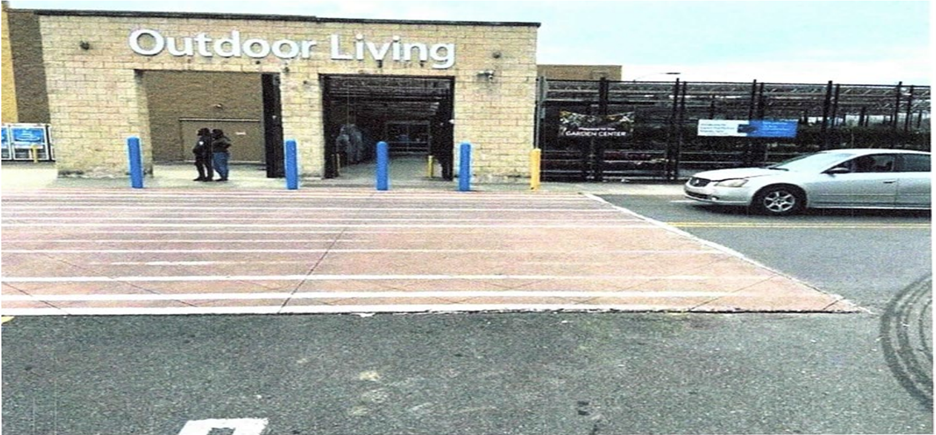Generally, Louisiana Workers’ Compensation laws provide coverage for an employee who sustains personal injuries by an accident arising out of and in the course of his or her employment. La. R.S. 23:1021(1) defines “accident” as:
“An unexpected or unforeseen actual, identifiable, precipitous event happening suddenly or violently, with or without human fault, and directly producing at the time objective findings of an injury which is more than simply a gradual deterioration or progressive degeneration.”
In Rayborn, Sr. v. Continental Cement Company, LLC et al, the plaintiff-employee filed suit when the worker’s compensation carrier terminated benefits based on its assertion that the plaintiff’s left knee injury was not the result of an “accident” as defined in the statute. The evidence presented at trial established the following:
- After returning home from work one day, the plaintiff began to feel soreness behind his left knee and believed he “may have pulled a muscle.”
- The plaintiff sought medical attention at a local clinic 2 days later.
- The plaintiff told clinic staff that his “leg was hurting,” and that he “was at work climbing up and jumping down off of barges all week.”
- After returning from a pre-planned family trip one week later, the plaintiff told to his managers at work that he hurt his knee “some kind of way” and that he was “doing too much climbing up and jumping down from barges “and his knee “just started hurting.”
- The chart from follow-up clinic visits stated, “Patient had [an] injury while at work when he jumped from a height and later that day felt a discomfort in the left lateral knee.”
- Additional records noted the plaintiff “injured his knee on the job; however it was not readily apparent until [his] knee became stiff later that evening.”
- The plaintiff later consulted with an orthopedic surgeon whose initial chart entry stated, “Over the course of the week, his knee began bothering him in the patellofemoral area and it started to become tight and swollen.”
At the conclusion of trial, the workers’ compensation court ruled that the plaintiff successfully proved that he sustained a work-related injury of his left knee on a particular date by climbing and jumping while performing his work duties. On appeal, the workers’ compensation carrier argued that plaintiff’s assertion that he was injured “some kind of way” over the course of a week was not sufficient to meet the requirement of a specific, identifiable accident in the course and scope of employment under La. R.S. 23:1021(1).
In affirming the decision of the OWC judge, the appellate court highlighted numerous opinions from the Louisiana Supreme Court and other courts of appeal wherein the statutory definition of “accident” was liberally construed to reject an interpretation that excluded “those workers who are worn down, rather than immediately crippled by, their work.” The opinion notes that it is well-settled in the case law that an “accident” exists when “heavy lifting or other strenuous efforts, although usual and customary, cause or contribute to a physical breakdown or accelerate its occurrence because of a pre-existing condition.”
The opinion added, “It is presumed the legislature is aware of how Louisiana courts have interpreted the statute; yet, it has taken no steps to overrule more than thirty years of Louisiana jurisprudence.” In so holding, it is unclear whether the court considered La. R.S. 23:1020.1(D), in which the Legislature specifically rejected the jurisprudential doctrine requiring a liberal interpretation of Workers Compensation statutes in favor of an employee. Despite this statement from the Legislature on the construction of Workers Compensation statutes, the Rayborn opinion suggests that courts may continue to base their decisions on the liberal interpretation of “accident” that has been developed and adopted by Louisiana courts when analyzing what types of injuries are covered under Louisiana Workers’ Compensation Law.
References:
Rayborn v. Cont’l Cement Co., LLC, 2023-0403 (La. App. 1 Cir. 1/10/24), 2024 WL 132802.

